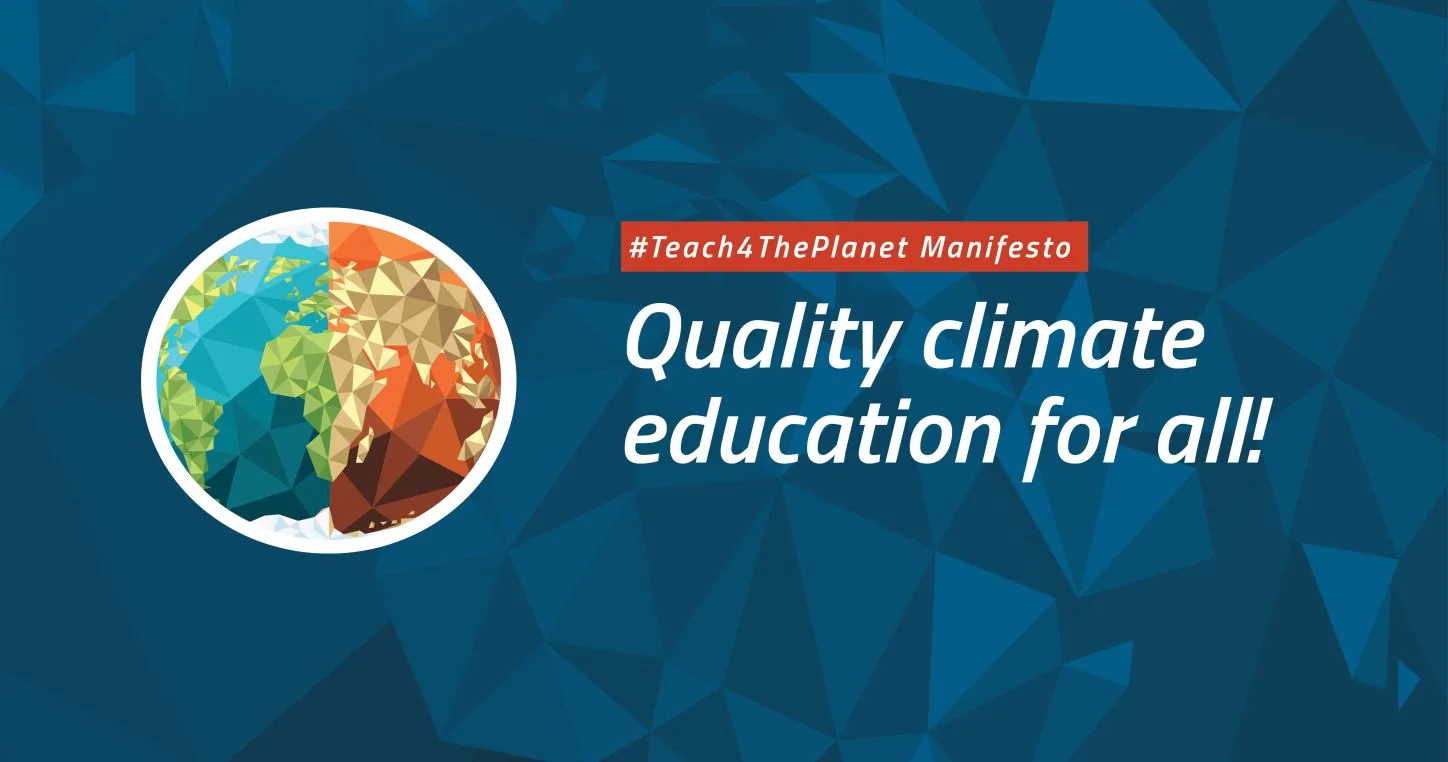Rising temperatures and heat waves are posing an increasing threat not only to our environment but also to the education of millions of children around the world, a report from the Global Partnership for Education (GPE) and the World Bank warns. The report, titled Too Hot to Learn: The Impact of Climate Change on Education, highlights the growing crisis, with predictions that by 2050, nearly 2.2 billion children globally will be exposed to frequent heat waves, significantly affecting their ability to learn.
The report stresses the importance of investing in climate-resilient schools and education systems to safeguard the right of every child to learn in a safe and conducive environment. Prakash, an 18-year-old student from Nepal, emphasized the psychological and physical toll climate change is taking on students, stating that the school environment is becoming increasingly unhealthy.
Heat waves, worsened by climate change, are becoming more frequent, intense, and longer-lasting. This presents a major challenge, particularly in low- and middle-income countries, where schools often lack basic infrastructure such as proper ventilation, cooling systems, and access to clean drinking water. During extreme heat, classrooms can become unbearable, and governments face tough decisions about whether to close schools temporarily, disrupting the continuity of education.
The impact of extreme heat on education has already been seen globally. For example, in May 2024, a heat wave in Pakistan forced schools to close, leaving 26 million children out of school. Similarly, in South Sudan, temperatures of 45°C (113°F) caused the closure of schools, affecting 2.2 million students. Many schools in Bangladesh, India, and the Philippines have also had to shut down due to extreme heat.
These heat waves not only disrupt schooling but also hinder children’s ability to concentrate, retain, and process information. Studies have shown that high temperatures and dehydration can significantly affect academic performance. In South Asia, 78% of students surveyed reported that climate change negatively impacted their studies, citing issues such as difficulty concentrating, damaged school infrastructure, and disruptions in their journey to school.
The urgency of the situation is compounded by the vulnerability of children in humanitarian contexts, where climate change, conflict, and forced displacement intersect to make access to education even more critical. Even when schools remain open during heat waves, students’ education is likely to suffer, affecting their overall achievement and development.
Action is urgently needed to make education systems climate-resilient. A UNICEF survey in 2023 revealed that, among 40 countries assessed for their vulnerability to climate change, only a third had taken concrete action to “green” their education systems. This highlights the need for governments to prioritize climate-resilient education policies, including improving school infrastructure to withstand extreme weather, training teachers in climate-resilient practices, and integrating climate resilience into education sector planning.
Efforts are underway to address these issues, with governments, UNICEF, and global partners working together to make schools and education systems more climate-resilient. This includes improving school facilities, such as better ventilation and cooling systems, and providing teachers with the training they need to support students during climate-related crises. Additionally, policy reforms are being made to promote green skills and climate-smart solutions in schools, engaging children in local climate advocacy.
These initiatives are essential for ensuring that every child has access to quality education, free from the disruptive effects of climate change. With climate change increasingly affecting education worldwide, it is crucial that investments in climate-resilient schools and education systems are prioritized to protect the future of children everywhere.




